жЬ®жЫЬжЧ•, 7жЬИ 26th, 2012...9:39 AM
Taiko (Japanese drumming) at Studio Hougaku Academy
Reading time: About 4 minutes
Taiko (Japanese drumming) at Studio Hougaku AcademyTaiko is a traditional Japanese instrument which has been passed down over the centuries. ItвАЩs often seen at local and religious festivals, and classical theatre such as kabuki and noh. Taiko is not only popular in Japan but across the world, and is practiced by many people in different areas.
Studio Hougaku Academy offers taiko lessons for those of you who watched taiko performances at festivals and thought вАЬI want to give this Japanese art of taiko a try!вАЭ
Not only will you learn taiko during the lessons but you will also be able to enjoy yourself and work towards the goal of performing at an annual event, wearing traditional Japanese clothing.
Taiko is enjoyed by a wide range of people from children to the elderly.
Children and adults enjoying taiko
The sound of taiko resonates throughout the body from the powerful performance. Just watching the harmonious and entertaining lesson makes you want to join in. The emotion you pour into playing taiko is conveyed to others and the harder you practice, the better you can express your passion.
Taiko class
The history of taiko goes back to the J≈Нmon period (14000 вАУ 300 BC) in prehistoric Japan where it was used as a method of communication. It was brought into the country along with other cultures from those who crossed the Asian continent and was used as a communication tool. The oldest taiko was found in an archaeological excavation of a historical site from the J≈Нmon period. The Japanese, who mainly consisted of farmers, played taiko to pray for good a harvest and protection from disasters.
Afterwards, it was used in Buddhism as an important instrument during summer and Bon festivals. Taiko was traditionally played by select people at chosen places with a set rhythm. Each area has its own bushi (folk song) which have been preserved to this day.
Taiko itself has an extremely long history, but the musical instrument we see today was born just after World War II. A Jazz drummer by the name of Daihachi Oguchi from Nagano prefecture first used taiko as a musical instrument by lining up and playing the different sizes of taiko. He formed the group Osuwa Daiko in 1951, and several years later, Seido Kobayashi, who won the first Tokyo Bon Taiko Contest, formed the Oedo Sukeroku Taiko. In this way, taiko parted ways from religious rites to performances at concert halls, community centers, department stores and beer gardens.
Taiko drums
Taiko is impressive whether youвАЩre watching or playing it. ItвАЩs said that the loud sound of the drums is a form of comfort and even newborn babies will fall fast asleep to the sound.
One aspect that draws people into taiko is the fact that itвАЩs so enjoyable. You can burn off body fat and tone your muscles while enjoying and immersing yourself in the lesson.
Powerful sounds
The powerful sounds are a source of comfort, and it is refreshing to learn and play the traditional art of taiko from the basics. The satisfaction a person can get from hitting the taiko with everything you have can also be a form of stress relief, and this is one of the reasons for taiko having such an important role in society today. Anyone can play the instrument and it is often recommended as a way to live a natural and fulfilled life.
Indeed, taiko is gaining more attention for its effects on fighting stress. Moving your body has already been revealed as a way to reduce stress and it can be great fun to play so loudly. You also move your whole body, so itвАЩs good for dieting and those seeking more exercise. People are able to have fun without straining themselves.
Everyone is full of passion
Playing taiko means enjoying traditional Japanese sounds and art, embodying music, sports and performance into one. ItвАЩs a talked about topic in magazines and television shows, with the ability to move and motivate everyone while soothing the heart with an almost nostalgic feeling.
Effects of Taiko
пБђ Stress relief
пБђ Better posture
пБђ Dieting
пБђ Building up muscles
пБђ Relieving shoulder pains
пБђ Toning the waist and arms
Studio Hougaku Academy
Place: 5-46-8 Kamata Ota-ku, Tokyo, Ota-ku, Kamata, 5-46-8, Hokuyu Building (B1) гАТ144-0052
Directions: Located at Kamata station on the JR Keihin Tohoku Line, Tokyu Ikegami Line and Tokyu Tamagawa Line. A 5 minute walk from the east exist towards Ota-ku ward office.
Telephone: 03-3735-4352
Trial Lesson: 2000 yen (1 lesson)
Website: https://www.e-hougaku.com









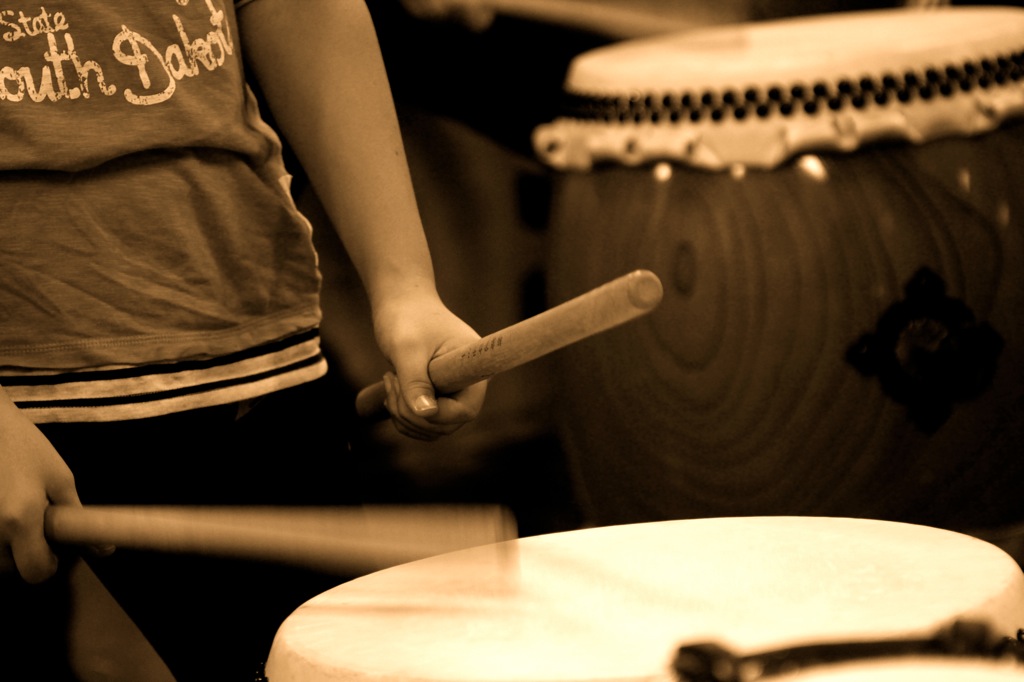
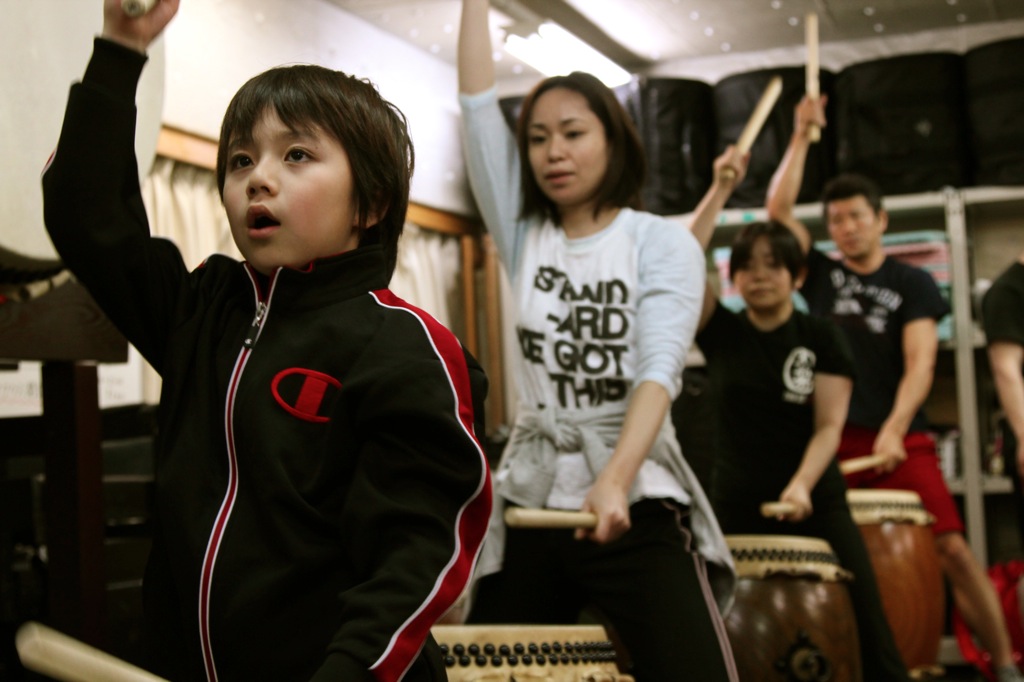
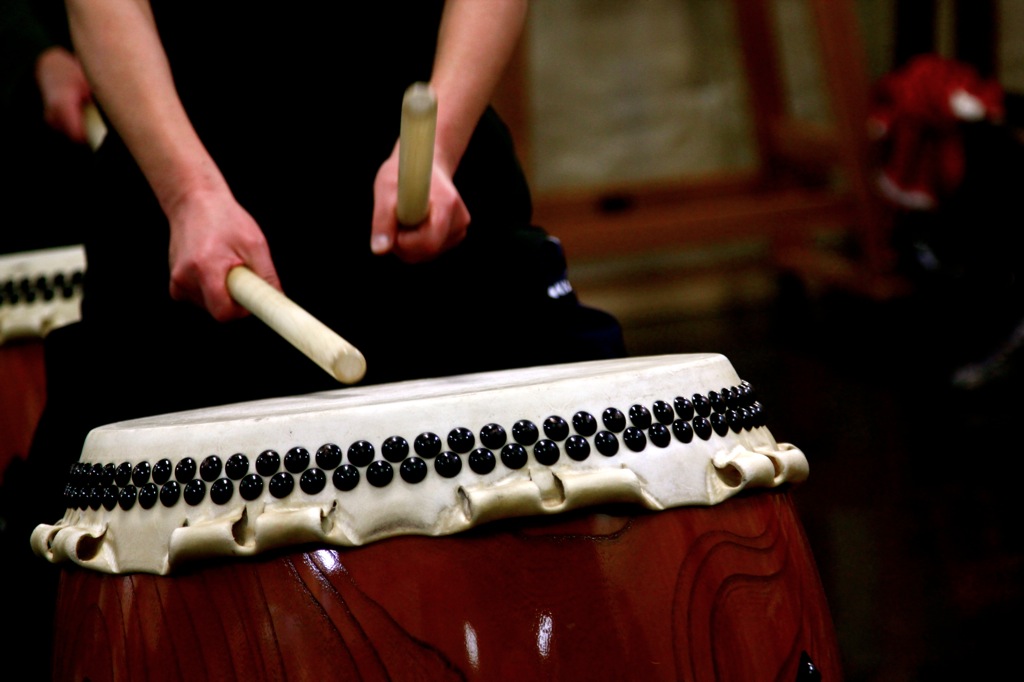
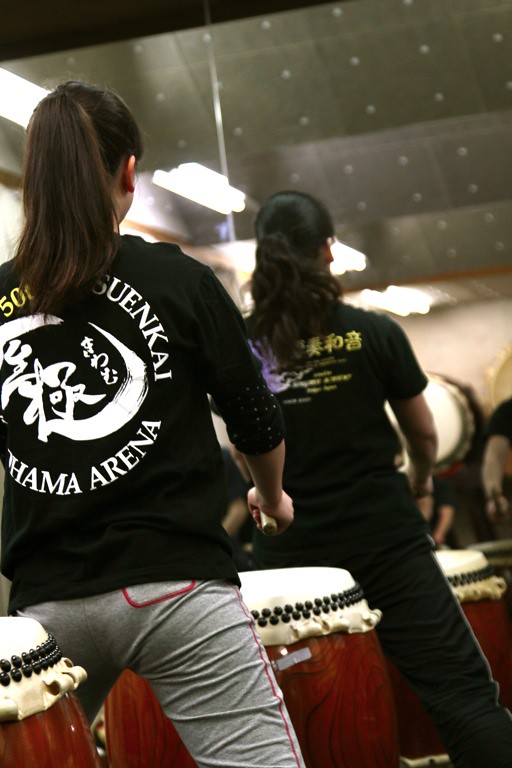


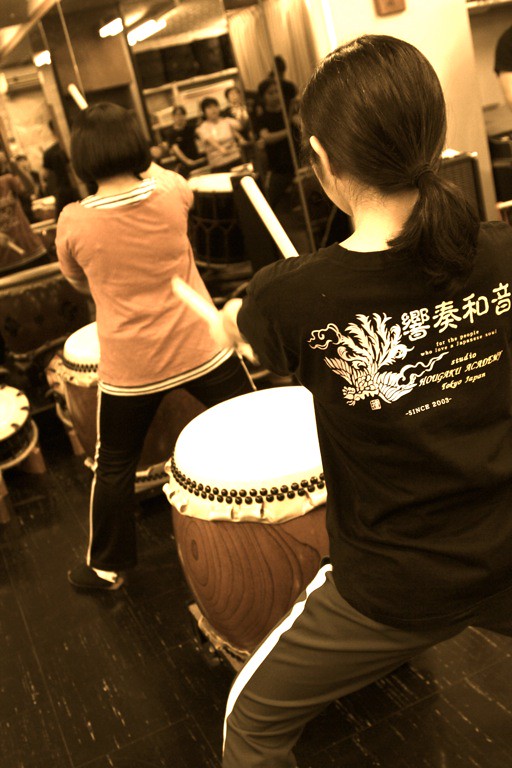
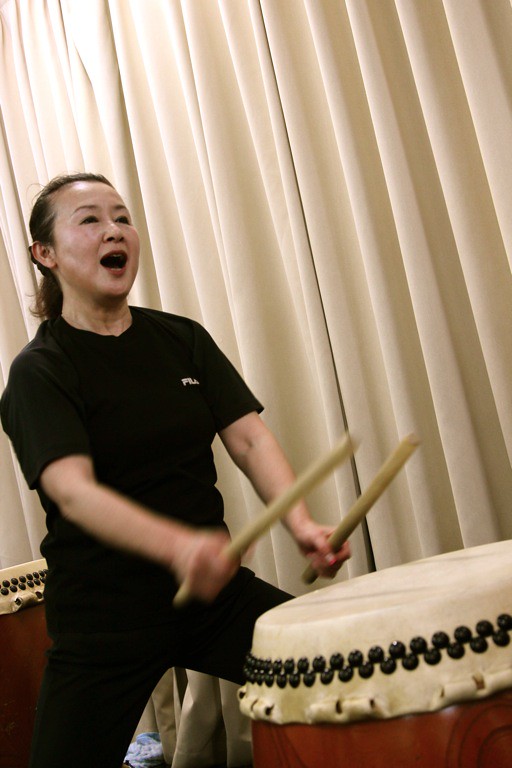











1 Comment
7жЬИ 26th, 2012 at 12:56 PM
I’ve been trying to take taiko lessons for many years now. Despite the fact that I live in Japan I just can’t seem to find anything good near me that also matches my work schedule!
I really enjoyed your post.
I won’t give up! One day I’ll practice taiko!!!
Leave a Reply